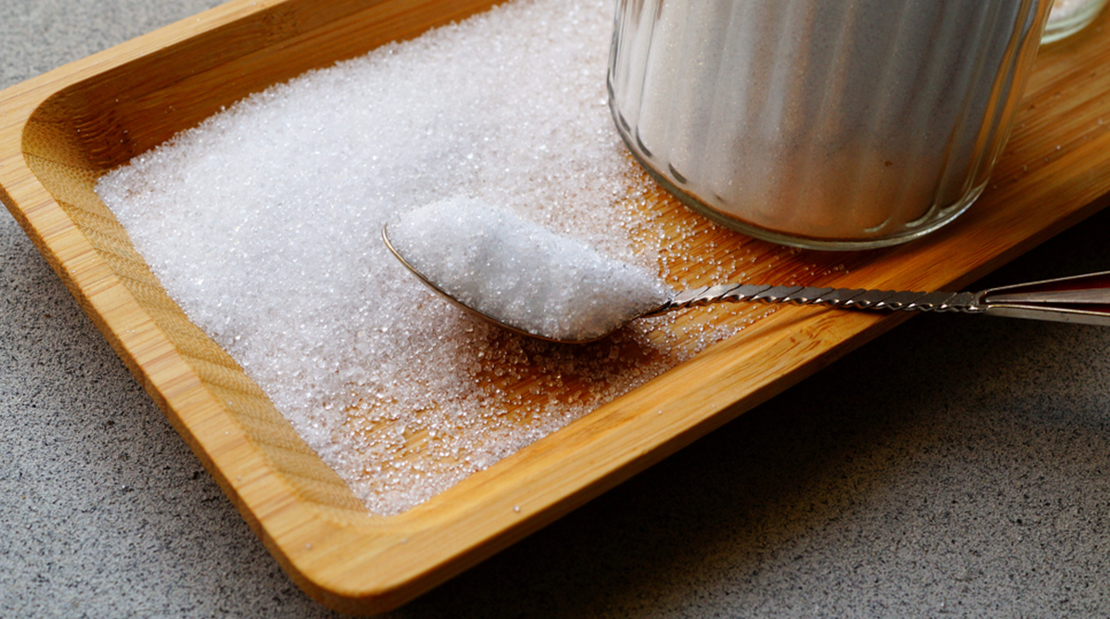
The Dangers of Xylitol
Xylitol is a sugar alcohol often found in products marketed as “sugar free.” Certain chewing gums, peanut butter, and even toothpaste contain xylitol. While it’s a safe alternative to sugar for humans, the sweetener has deadly consequences for dogs. Even in small doses, xylitol rapidly affects the internal organs of dogs, with owners seeing physical reactions in as little as 30 minutes to an hour.
How xylitol affects the body
The chemical makeup of xylitol causes the blood sugar of dogs to drop to dangerously low levels, resulting in seizures and significant liver damage. Typically, by the time a dog who has ingested xylitol comes in for care, they’re already experiencing reactions that are intensifying quickly and difficult to manage.
What to do if your dog ingested Xylitol
Don’t underestimate the seriousness of a dog’s consumption of xylitol. Depending on your dog’s weight and size, just one stick of gum is enough to cause harm. If you become aware that your dog ingested xylitol, seek help immediately.
In the meantime, you can administer 1 millimeter of Hydrogen Peroxide per pound of your dog’s weight to induce vomiting. Repeat this step every 15 minutes until your dog vomits.
Treatment
Hospital treatment will begin with preventing any further absorption of xylitol. Apomorphine is given to induce vomiting and then activated charcoal is used to prevent any further absorption in the GI tract.
Next, your dog will be placed on Dextrose IV fluids to raise blood sugar levels. Expect your dog’s blood sugar levels to be monitored closely for any changes or additional critical signs.
If your dog begins to experience liver damage, your companion will be placed on a specific diet and liver protectant supplements to aid with recovery. Although dogs with xylitol induced liver damage can fully recover, sometimes the liver damage is permanent.
Common products that can contain Xylitol
Owners will sometimes opt to give their dogs human foods, such as peanut butter, as a treat. Before giving your dog any food, check and recheck the ingredients found on the label. Xylitol is becoming more popular among food manufacturers, so don’t assume that any product is xylitol free. Here’s a list of common products with xylitol, but keep in mind that additional products exist:
- Chewing gum
- Peanut butter
- Sugar-free candy
- Toothpaste
- Baked goods
Remember, our furry friends can be crafty and like to get into everything in reach. If you keep items with xylitol, be mindful of where you keep the products.
In summary, xylitol consumption can be prevented with adequate awareness. Be keen to a product’s ingredients and mindful of where you keep items containing xylitol. If your dog does ingest xylitol, take action quickly for maximum recovery. And as always, our doctors here at CY-Fair hospital are here to help.

